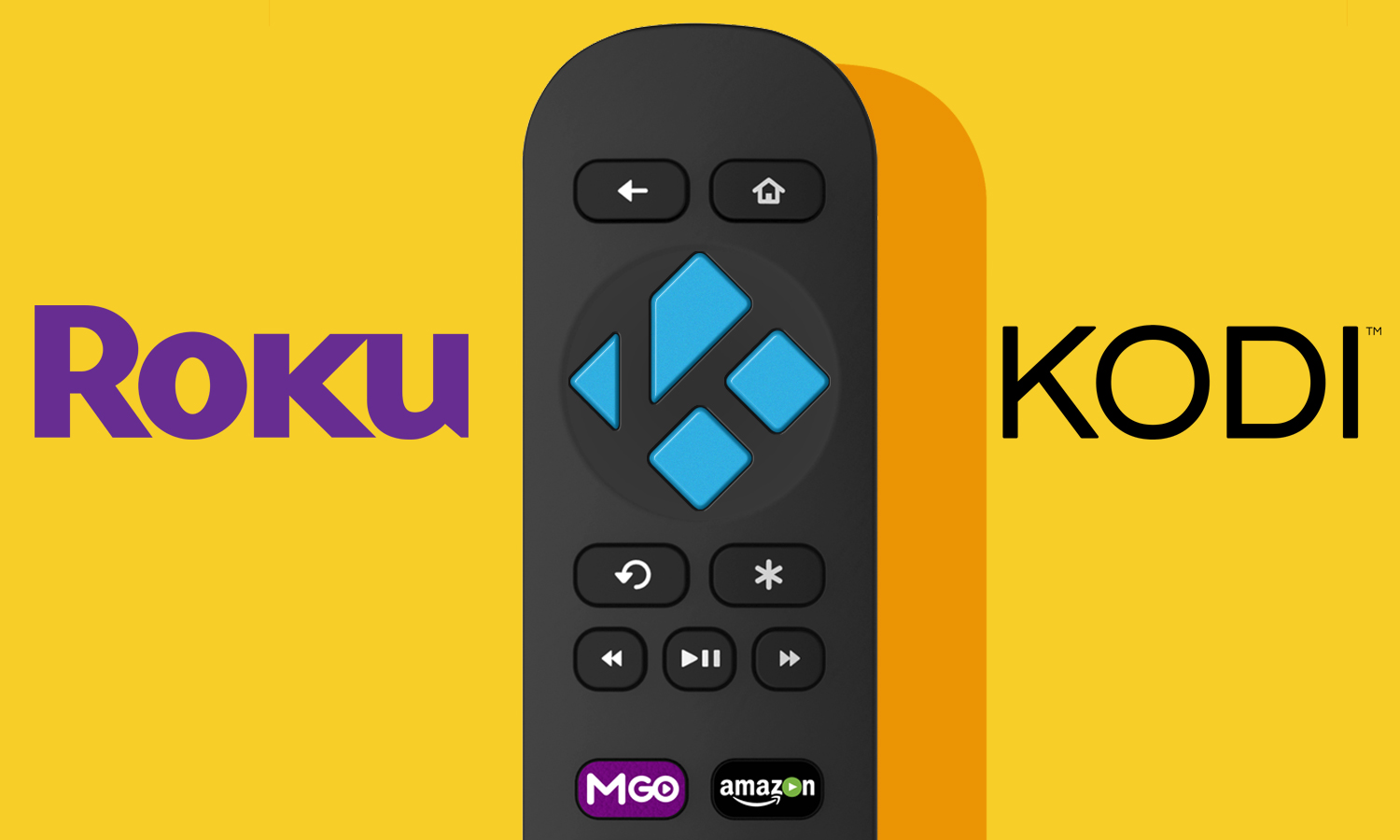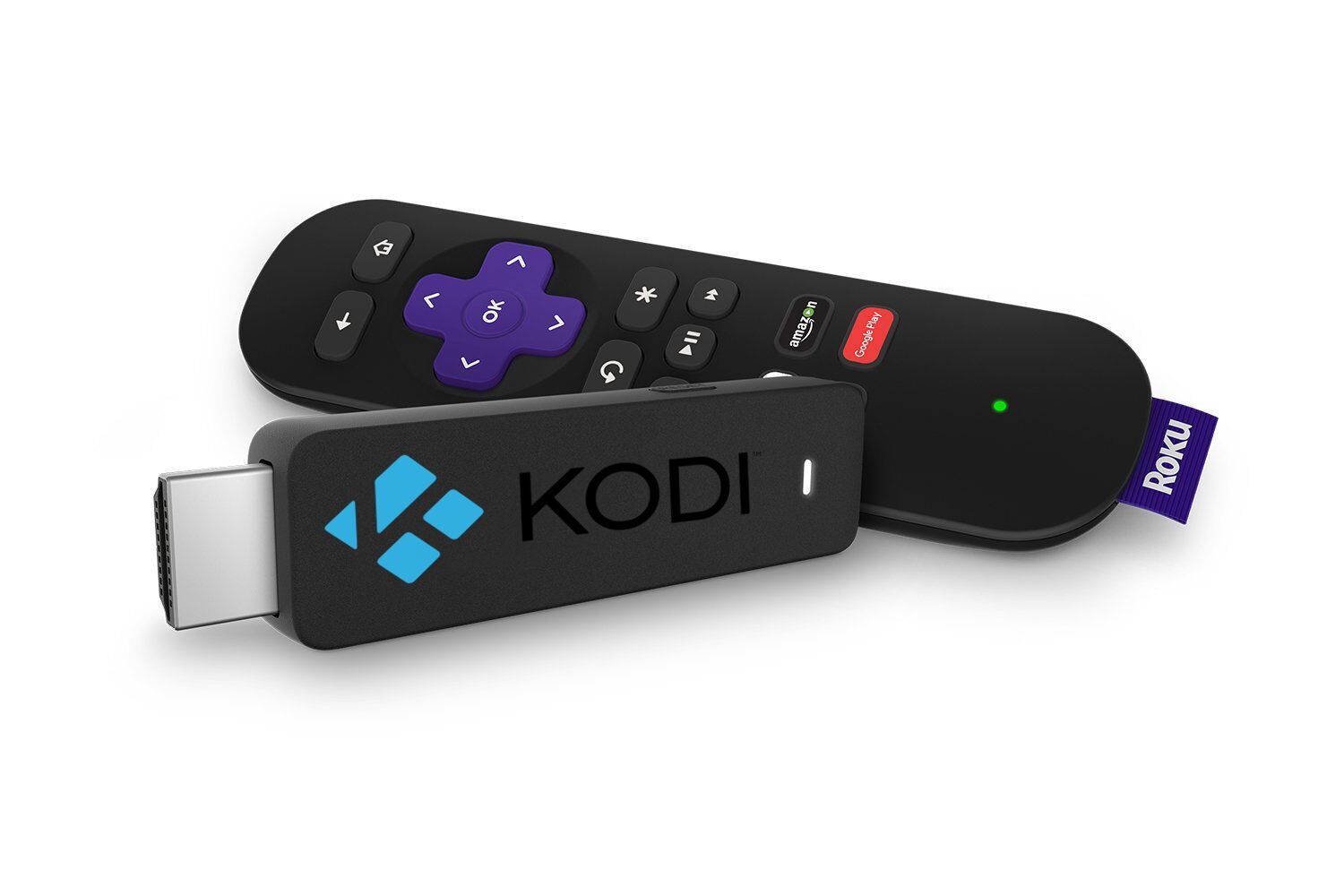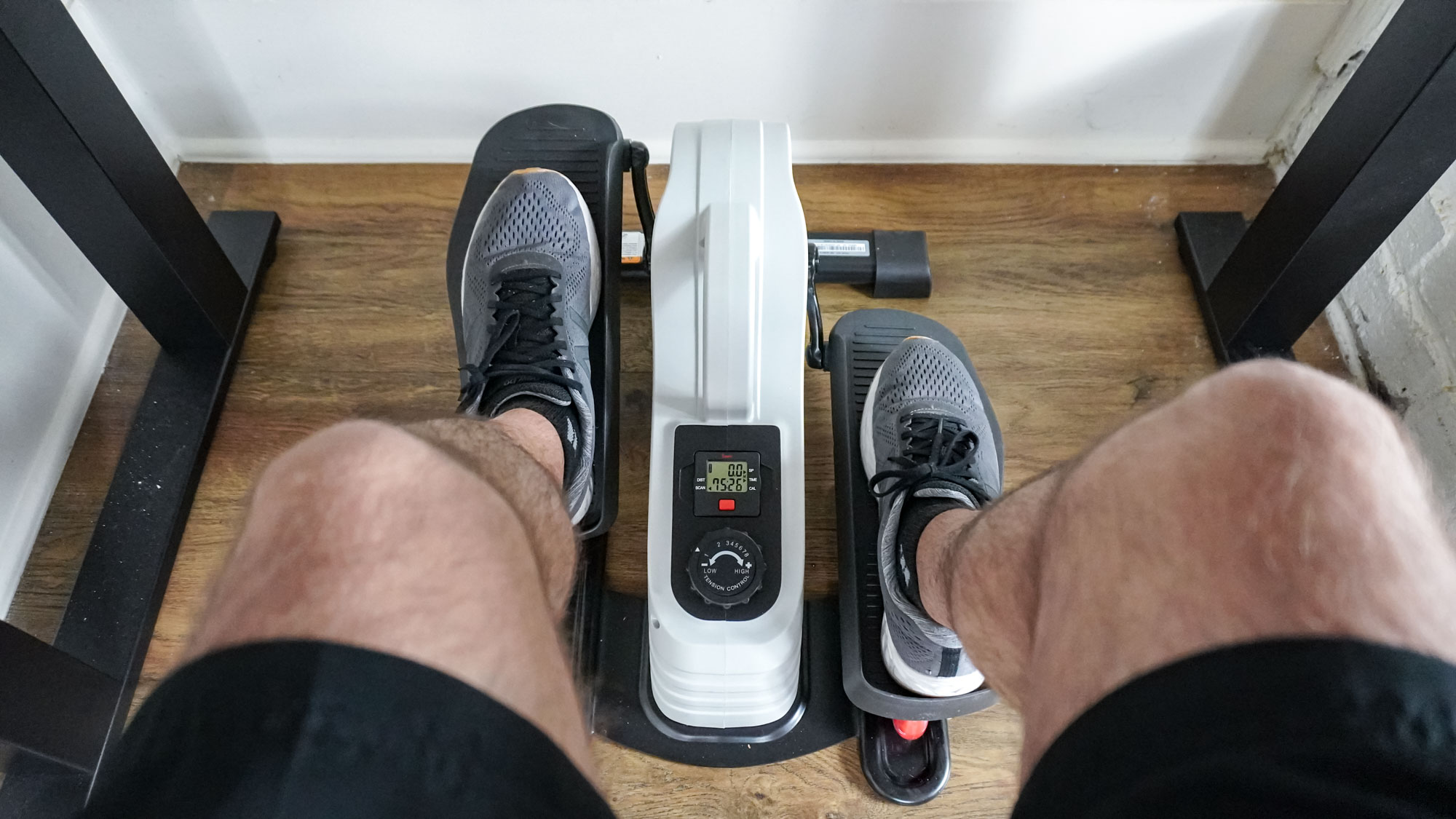Can You Get Kodi on Roku?
It’s nearly impossible to get Kodi on a Roku device, but there are much better options if you want the software on your TV.
The long answer: Not really, but there’s a fairly unreliable work-around, if you absolutely must.
If you’re not familiar with Kodi, it’s a media streaming service that went by the name XBMC until recently. Although Kodi is extremely popular among the DIY crowd, it’s never picked up a tremendous amount of steam with mainstream viewers, since you need a little programming know-how to get the most out of it.

On the surface, Kodi is most similar to Plex, in that it’s completely reliant on content users already own. Rather than streaming subscription-based movies and shows, Kodi is just a convenient way to access and organize your own streaming files. The service works across a wide variety of file formats, and enterprising users can even download apps for networks such as Bravo and ABC Family — or program their own.
Incompatible OS
Although Roku has a perfectly serviceable media server program, it’s neither as versatile nor as pretty as Kodi. Plex is similar to Kodi, but its best features cost money, whereas Kodi is free. As such, a number of users want Kodi on their Roku devices.

However, they’re not likely to get their wish. Kodi has no Roku app, and given the potentially shady add-ons available for Kodi, one is not likely forthcoming.
And although users have searched for methods of “jailbreaking” a Roku, it’s not likely to happen; the system’s architecture is not similar to Windows, iOS or Android, so jailbreaking it would not have any effect on what users would be able to install.
A work-around — if you must
There seems to be only one method of watching Kodi content on a Roku, but it’s such a pain that it’s hardly worthwhile. Roku supports the screen mirroring protocol known as Miracast. As such, Kodi users on Windows and Android can, theoretically, mirror their screens to Roku devices. It’s not as clean as an app, but under ideal circumstances, it would at least get your content on a TV screen.
Sign up to get the BEST of Tom's Guide direct to your inbox.
Get instant access to breaking news, the hottest reviews, great deals and helpful tips.
However, the circumstances are rarely ideal when it comes to Miracast. Not only is the protocol fairly unreliable on its own, but Roku’s implementation of it has never been particularly good. In all of my tests over the past three years, Roku’s screen mirroring dropped streams left and right, regardless of how strong the wireless connection was, and lagged tremendously during those precious few moments when the signal went through properly. It’s no way to watch movies or TV.
If your Wi-Fi connection is strong, your internet is uncluttered by other devices and the stars align properly, you could conceivably get a decent Kodi experience on your Roku. But really, there are better ways of doing it.
What to do instead
Kodi is fully compatible with Windows, Mac OS X, Linux, iOS and Android. Simply connect a device with Kodi installed to your TV; then watch to your heart’s content. This connection will vary based on the device, but many laptops and larger tablets have HDMI adapters.
On Android devices, not all screen mirroring is a lost cause. Google’s proprietary Google Cast protocol works extremely well, and all you need is an Android device and a Chromecast. (Most Android TV devices have Chromecast functionality built in as well.) You could achieve roughly the same effect with an iOS device, an Apple TV and the AirPlay protocol.
You can also install Kodi fairly easily on Android TV systems such as the Nvidia Shield. The Kodi wiki provides full instructions, but it’s a fairly simple process as long as you enable APK installations from third-party sources. There’s a work-around for the Apple TV as well, but it’s fairly involved and not for the faint of heart. Finally, if Amazon gadgets are your preference, we have a guide on how to install Kodi on Amazon Fire TV.
Illustrations: Tom's Guide
Marshall Honorof is a senior editor for Tom's Guide, overseeing the site's coverage of gaming hardware and software. He comes from a science writing background, having studied paleomammalogy, biological anthropology, and the history of science and technology. After hours, you can find him practicing taekwondo or doing deep dives on classic sci-fi.
-
scottalias Download the Complete Kodi Setup Wizard from the Google Play Store to your Android phone or tablet. Click "Casting Setup" and choose Allcast ($5.00 on Google Play). Cast Kodi content to your Roku player. No screen mirroring involved, the Roku box works as an external player like Chromecast. This method also works with Chromecast and you can choose the free Localcast app to play Kodi through your Chromecast.Reply -
Honeycomb888 I've had good luck using the mirroring on my Roku 2. I can also just plug my laptop into my tv directly w/an HDMI cable to mirror the pc screen onto my large tv screen. I had to change a sound setting or something on the pc to get that to work properly, but it was a simple thing.Reply

